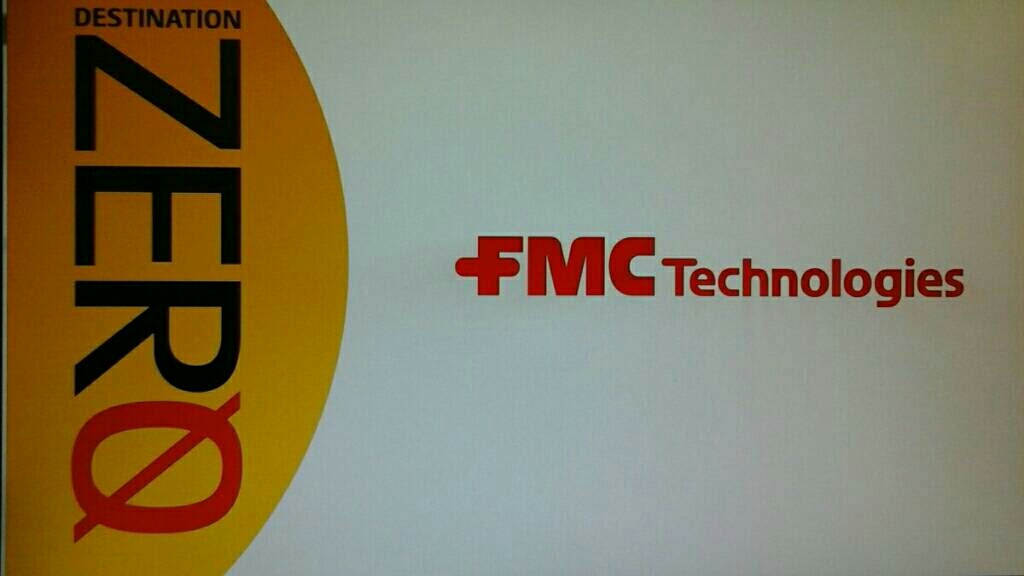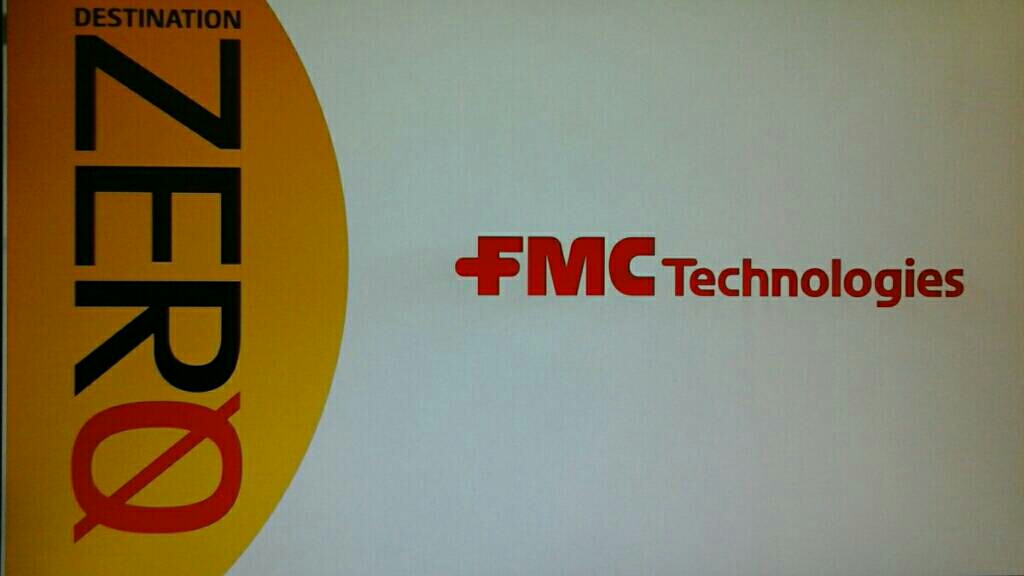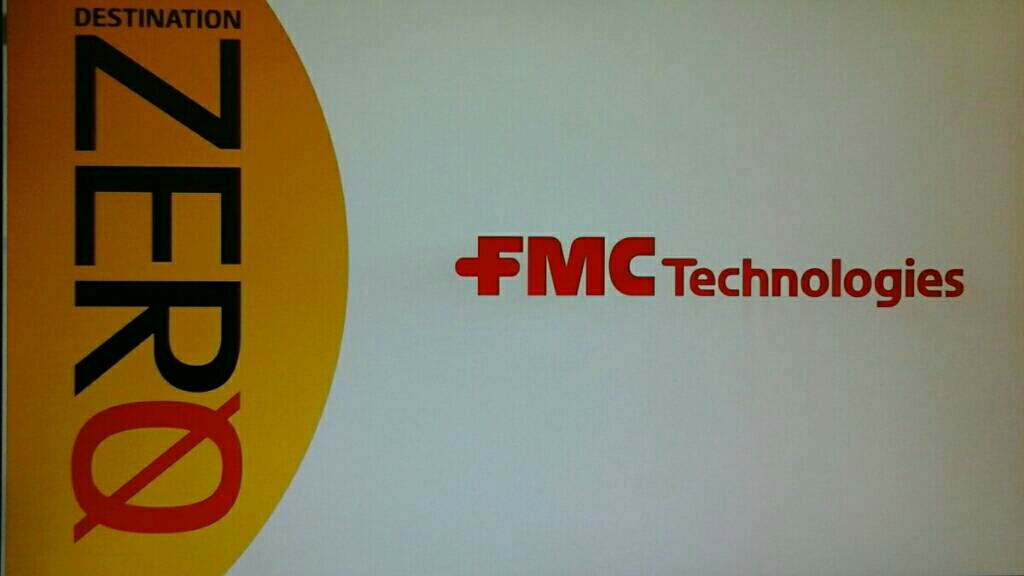Information
-
Enter Audit Area
-
Personnel
-
Conducted on
-
Prepared by
1.0 Notification to Enforcing ref: Health and Safety (information for employees) Regulations 1989
-
1.1 Who is the Enforcing HSE Authority from a Legal perspective
-
1.2 Can you tell me where I would find the HSWA poster in the facility?<br>
2.0 Health & Safety Policy. Ref: Environment policy: Ref ISO 14001
-
2.1 Where would you find the HS & E Policies and associated guidance?
-
2.2 Who has signed the policy?
-
2.3 Enter Last review date
3.0 HSE policies : Organisation additional Ref ISO 14001
-
3.1 Who takes responsibility for HSE on a day to day basis?
-
3.2 Are HSE responsibilities clearly defined? (i.e. organisation charts or job descriptions)<br>
-
3.3 Are there any external contractors on-site today? <br>Who is responsible for them whilst they are on-site and how do you know?<br>
-
Who is responsible
-
3.4 Explain their system of work / arrangements for supervision, training and RA.<br>
4.0 HS&E Policies: Arrangements Ref:ISO 14001, HASAWA 1974 sect 2 (procedures could include, PTW, risk/COSHH assessment, welfare, health monitoring, waste disposal, emergency procedures etc)
-
4.1 Manager - Can you show me the process for Risk Assessment and explain how the operators are informed of them?
-
4.2 Are there any activities controlled by PTW/JSA ? What and how is this communicted?<br>
-
4.3 Employee – can you locate the RA for the task you are performing and explain the control measures in place.<br>
-
4.4 Is there a program to ensure that employees/core contractors have the necessary competence to conduct task allocated to them. Consider plant/equipment/transportation/lifting/pressure/access/radioactive sources/chemicals/manual handling
-
4.5 Can you demonstrate that your employees are sufficiently trained for the tasks and this is reviewed on a regular basis?<br>
5.0 Information instruction, training and supervision.
-
5.1 Induction: Explain when, by whom and how induction will be provided.
-
5.2 What is covered as part of the iduction into the area?
- Safety Policy
- Accidents / Incidents
- Supervisory Arrangements
- PPE (use/supply/maint.)
- Fire/Emergency Procedures
- Site specific information
- Risk assessments
- Manual Handling
- Responsibilities Prohibitions/Restrictions
- First Aid
- Significant Risks
- Welfare
- Electricity
- COSHH
- Reporting faults
-
5.3 What are the arrangements for Supervision during regular shifts?
-
Add media
-
5.4 What are the arrangements for Supervision during over-time / weekend working?
-
Add media
-
5.5 How do you communicate the duties of the supervisor / responsible person and what training is provided?
-
5.6 Is the level of Supervision provided appropriate to the risk associated with the task, individual, equipment, time of day and environment? <br>
-
5.7 Are all statutory signs on display, e.g. prohibitions, useof PPE, machinery safety, warning notices? <br>Ref: Health, Safety Signs and Signals Regulations 1996<br>
-
5.8 How are handover documents recorded and monitored
6.0 Risk Assesment Ref: Management of Health and Safety at Work Regulations 1999 Also The Provision and Use of Work Equipment Regulations 1998
-
6.1 Have risk assessments been carried out to identify risks to your own employees and others within your undertaking? and significant risks recorded? <br>
-
6.2 Are risk assessments kept under regular review?<br>
-
6.3 Are the result of risk assessment implemented?
7.0 COSHH Assessment Ref: Management of Health and Safety at Work Regulations 1999 Also COSHH Regulations 2005
-
7.1 Have COSHH assessments been carried out to identify risks to your own employees and others within your undertaking. Are significant risks recorded and controls established? <br>
-
7.2 Are Chemicals stored adequately controls understood and implemented by the operators? <br>
-
7.3 Are Operators exposed to airborne contaminates? This could include dust fumes or mists from operations.
-
7.4 Has an adequate assessment been carried for each substance/process? <br>The assessment should consider the process, methos of application environment etc and simply be a MSDA. Assume the assessment is sufficient unless environmental conditions, working conditions or the placement indicate otherwise.<br>
8.0 Equipment And Machinery, Provision use of work equipment regulations 1998, lifting operations and lifting equipment regulations 1998, work at height regulations 2005
-
8.1 Are there any limitations for high risk activities such as lifting, fork lifts, MEWP’s etc?
-
8.2 What training is provided for these activities and how does supervision know that specific people are trained and reviewed regularly?<br>
-
8.3 Demonstrate the daily checks and controls which are in place for these high risk activities.<br>
-
8.4 What checks are made to ensure that the local exhaust ventilation system is effective and being used correctly?
-
8.5 What restrictions are in place for areas where personnel are exposed to airborne contaminates?
-
8.6 Can power supplies for work equipment be isolated?<br>NOTE: Power supply refers to any power source, e.g. electricity, <br>hydraulics, pneumatics. Isolation would be by isolation,switching and <br>operation of valves were applicable <br>
9.0 First Aid Ref: Health and Safety (First Aid) at Work Regulations 1981.
-
9.1 How do you ensure that there is adequate first aid cover during normal and quite hours? <br>
-
9.2 Is first aid training up to date (every 3 years)
-
9.3 Fully stocked First Aid box/kit available?<br>
-
9.4 Are they checked regularly?<br>
-
9.5 Please can you identify their location in the facility.<br>
-
9.6 Please explain the system for seeking first aid and check operator understanding.<br>
-
9.7 Travel kits in vehicles?
10.0 Accident Reporting
-
10.1 Can you describe how you ensure all incidents are reported within your area of responsibility?
-
10.2 Manager - can you locate the procedure for reporting incidents /accidents?<br>
-
10.3 Operator – can you explain the procedure for reporting incidents / accidents? <br>
-
10.4 Manager – can you tell me your responsibilities under the organisations incident Reporting, investigation and escalation procedure? <br>
-
A reportable incident to external authority
-
Report within 24 hours maximum
-
Reporting of injuries, Diseases, Dangerous occurrences regulations
11.0 Working Environment Ref: Workplace (Health, Safety and Welfare) Regulations 1992, Health and Safety (Safety Signs and Signals) Regulations 1996, Management of Health and Safety at Work Regulations 2006.
-
11.1 Are toilets clean and well maintained? <br>Provision of hand care products, means of drying hands and toilet paper<br><br>
-
11.2 Are washing facilities sufficient and well maintained? <br>Propriety between male and female hand basin would normally be adequate but showers may be required consult safety advisor if in doubt.<br>
-
11.3 Are rest and eating facilities sufficent? <br>Facilities should include hot and cold (drinking water), seats, tables and a method of heating food. The facility should be warm well lit with adequate. ventilation.
-
11.4 Are walkways clear and well maintained? <br>Think slips trips and falls and their suitability in an emergency.
-
11.5 Are changing facilities appropriate? <br>Propriety between male and female provision of a secure locker for personal <br>possessions.<br>
-
11.6 Are lighting levels sufficient? <br>Natural, overhead, localised and emergency lighting need to be considered as well as maintenance issues.<br>
-
11.7 Is heating sufficient? <br>Would you be comfortable consider the activities that the placement would be engaged in.<br>
-
11.8 Is there sufficient ventilation available? <br>Consider the ability to open windows, general forced ventilation and LEV systems.<br>(Local Exhaust Ventilation)
-
11.9 Are noise levels significant? <br>If it is required to shout whilst standing 2 m away from someone to communicate there should be at least a ear protection zone in operation with hearing protection provided.<br>
-
11.9.1 How do you ensure housekeeping standards are maintained?
12.0 Fire/Emergency arrangements
-
12.1 Are there adequate means to detect fire and raise the alarm? <br>Detection could be through observation or smoke/heat or flame detectors. Alarms can be raised through verbal, hand operated, semi automatic or automatic systems. If a break glass system is not in operation consult with HSE Department
-
12.2 Is there adequate fire fighting equipment? i.e adequate number and suitable extinguishers for fire hazards (office environment water and co2) <br>
-
12.3 Are fire exits clearly signed and exit routes free from obstructions?
-
12.4 Are fire evacuation procedures/action plans/notices displayed?<br>
-
12.5 Are there any pressurised cylinders on-site?
13.0 Waste Disposal
-
13.1 Is the waste segregated and the correct waste disposed of in appropriate bins? <br>
-
13.2 How do you ensure that bins and waste receptacles are emptied frequently?<br>
14.0 Spill Kits
-
14.1 Are their spill kits within your area?<br>
-
14.2 Demonstrate system for verifying they are filled and regularly checked.<br>
-
14.3 Demonstrate operators are aware of the process for dealing with a spill and reporting it. <br>
-
14.4 Is storage for chemical adequate to prevent spillage to drains?<br>
15.0 Energy Conservation
-
15.1 Is equipment turned off when not in use?<br>
-
15.2 Explain any systems in place to reduce or monitor energy consumption.<br>
-
15.3 Are there any water leaks / air leaks evident?<br>
Sign Off
-
Area Manager Name
-
Auditor's Name











